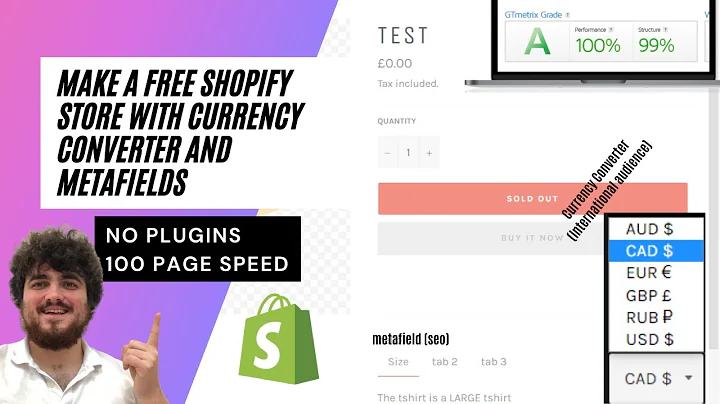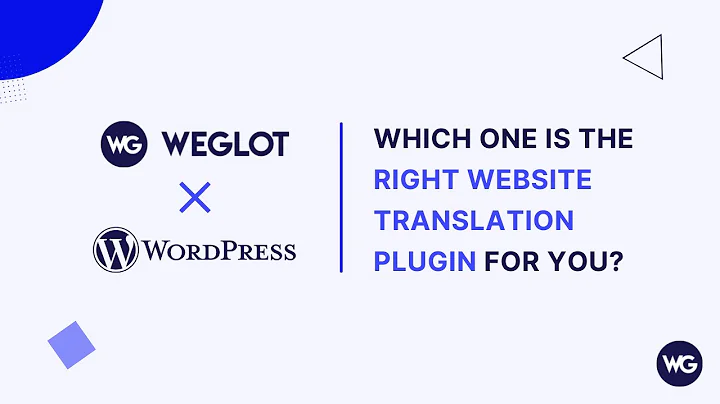Mastering Flows: Create Engaging Customer Journeys
Table of Contents:
- Introduction
- What are Flows?
- Benefits of Using Flows
- Getting Started with Flows
4.1. Navigating the Flow Builder
4.2. Adding a Time Delay to a Flow
4.3. Adding a New Email using a Conditional Split
4.4. Viewing Analytics of a Flow Email
- Creating a Welcome Series Flow
5.1. Setting the Trigger
5.2. Customizing Email Content
5.3. Configuring Timing and Smart Sending
5.4. Adding a Time Delay
5.5. Using Conditional Splits
- Turning the Flow Live and Monitoring Performance
- Conclusion
Creating Automated Flows to Improve Customer Engagement
In today's digital era, businesses need to find efficient and effective ways to engage with their customers. One approach is by using flows, which are sequences of automated actions triggered by specific customer actions. These actions can include sending emails, SMS messages, or any other form of communication. Flows are also known as automations or drip campaigns, and they play a crucial role in nurturing customer relationships and driving conversions.
Flows are highly versatile and can be tailored to serve various purposes. In this article, we will focus on creating a welcome series flow. A welcome series is designed to welcome new subscribers and introduce them to your business and product offerings. We will explore the step-by-step process of creating a welcome series flow using Fabio's flow builder tool.
1. Introduction
Before diving into the details of creating flows, it is essential to understand what flows are and their benefits. In this section, we will provide an overview of flows and highlight their significance in improving customer engagement.
2. What are Flows?
Flows, also known as automations or drip campaigns, are sequences of automated actions triggered by specific customer actions. These actions can include subscribing to a newsletter, making a purchase, or abandoning a shopping cart. Flows allow businesses to automate their communication and engage with customers at various touchpoints in their journey.
3. Benefits of Using Flows
Using flows in your marketing strategy offers several advantages. Firstly, flows save time and resources by automating repetitive tasks like sending welcome emails or order confirmations. Secondly, flows enable personalized communication by tailoring messages based on customer behavior. Moreover, flows nurture customer relationships by consistently engaging with customers and enhancing their experience. Finally, flows improve conversion rates by guiding customers through the sales funnel and inspiring them to take action.
4. Getting Started with Flows
Before creating a welcome series flow, it's crucial to familiarize yourself with the flow builder tool. In this section, we will explore the basics of navigating the flow builder and learn how to add a time delay and a new email using a conditional split.
4.1. Navigating the Flow Builder
The flow builder is the central tool for creating and managing flows. It offers a user-friendly interface where you can design, customize, and analyze your flows. To access the flow builder, click on the "Flows" tab in the main menu. Here, you will find pre-built templates and an extensive library of flow options sorted by channel and goal.
4.2. Adding a Time Delay to a Flow
One essential aspect of flows is timing. To ensure a gradual introduction to your brand and prevent overwhelming customers with excessive emails, you can add time delays between emails. In this section, we will learn how to add a time delay using the drag and drop builder.
4.3. Adding a New Email using a Conditional Split
A conditional split allows you to create different content for recipients based on their behavior or profile properties. It gives you the flexibility to send customers down different paths depending on their actions. In this section, we will explore how to use a conditional split to add a new email to the flow.
4.4. Viewing Analytics of a Flow Email
Analyzing the performance of your flow is crucial for optimizing its effectiveness. In this section, we will discover how to access and interpret analytics for each email in the flow. These analytics provide insights into how many people received the email, how many were skipped, and other key performance indicators.
5. Creating a Welcome Series Flow
Now that we understand the basics of flows and how to use the flow builder, it's time to dive into creating a welcome series flow. In this section, we will go step by step through the process of setting the trigger, customizing email content, configuring timing, and utilizing conditional splits.
5.1. Setting the Trigger
The trigger is the event or action that initiates the flow. In the case of a welcome series flow, the trigger is when a person subscribes to your newsletter. We will explore how to set up the trigger and apply filters to customize the flow's audience.
5.2. Customizing Email Content
Personalized and engaging email content is crucial for the success of a welcome series flow. In this section, we will learn how to edit email templates provided by Fabio or create your own using the editor. Attention to subject lines, preview texts, and overall email aesthetics will be emphasized.
5.3. Configuring Timing and Smart Sending
Timing plays a vital role in delivering the right message at the right time. We will explore how to configure time delays between emails to ensure an optimal customer experience. Additionally, we will discover the "Smart Sending" feature, which prevents customers from receiving multiple emails within a short time frame.
5.4. Adding a Time Delay
To prevent overwhelming customers with emails, it's essential to add time delays between messages. In this section, we will use the drag and drop builder to add a time delay of three days before sending the next email in the flow.
5.5. Using Conditional Splits
Conditional splits enable you to tailor your messages based on customer behavior. In this section, we will use conditional splits to create different content paths depending on whether or not a customer has placed an order since starting the flow. This customization ensures relevant and meaningful communication with customers.
6. Turning the Flow Live and Monitoring Performance
Once the welcome series flow is created, it's time to turn it live and monitor its performance. In this section, we will learn how to update the statuses of flow actions, differentiate between live, manual, and draft modes, and access analytics to evaluate the effectiveness of the flow.
7. Conclusion
In conclusion, flows are a powerful tool for automating and optimizing customer engagement. Creating a welcome series flow is an effective way to introduce new subscribers to your business and build lasting relationships. By following the step-by-step guide provided in this article, you'll be able to create a welcome series flow and unlock the potential of automated marketing for your business. Start exploring flows today and take your customer engagement to new heights.






















